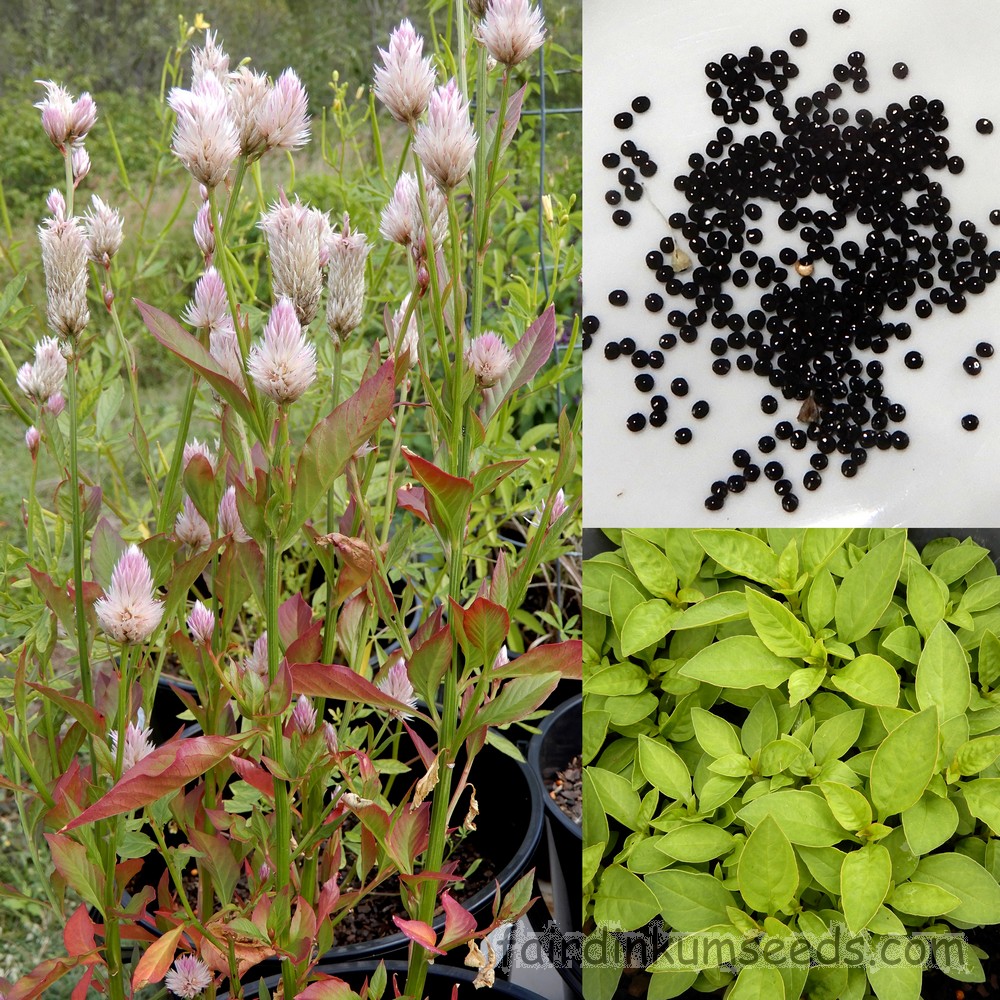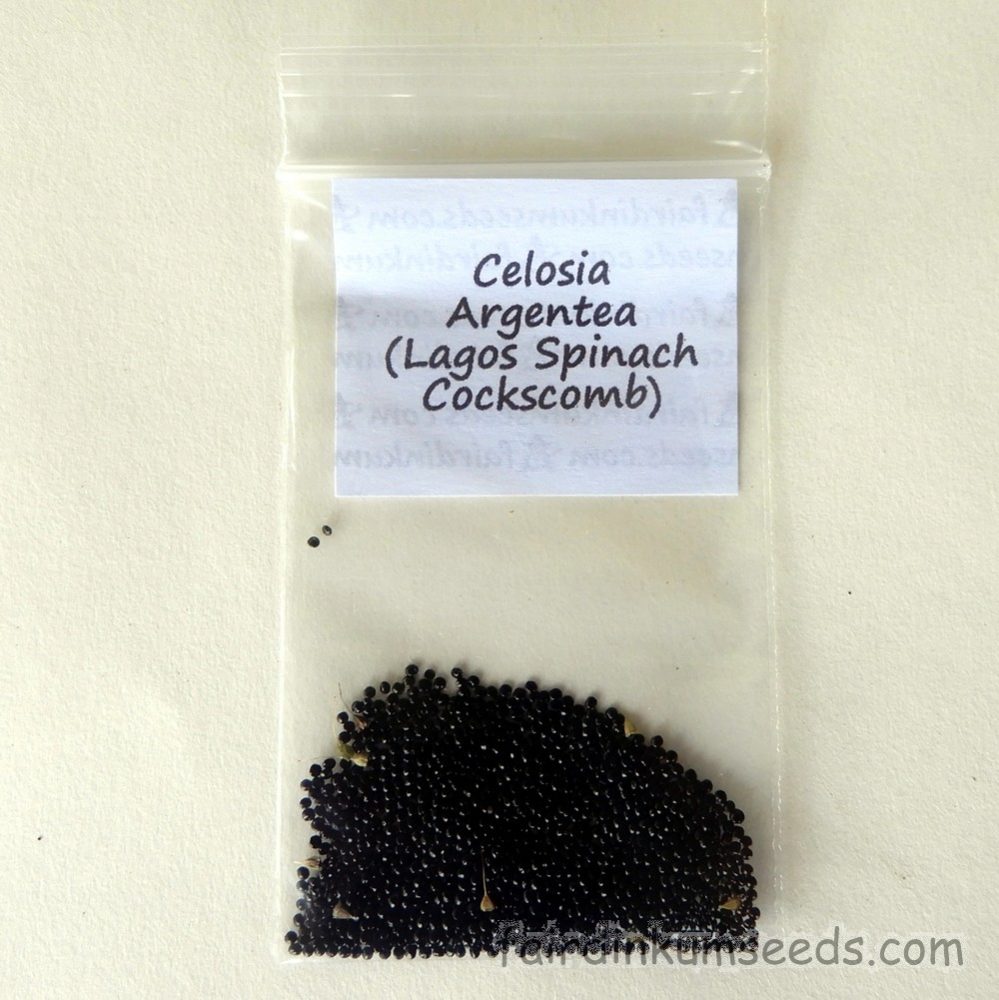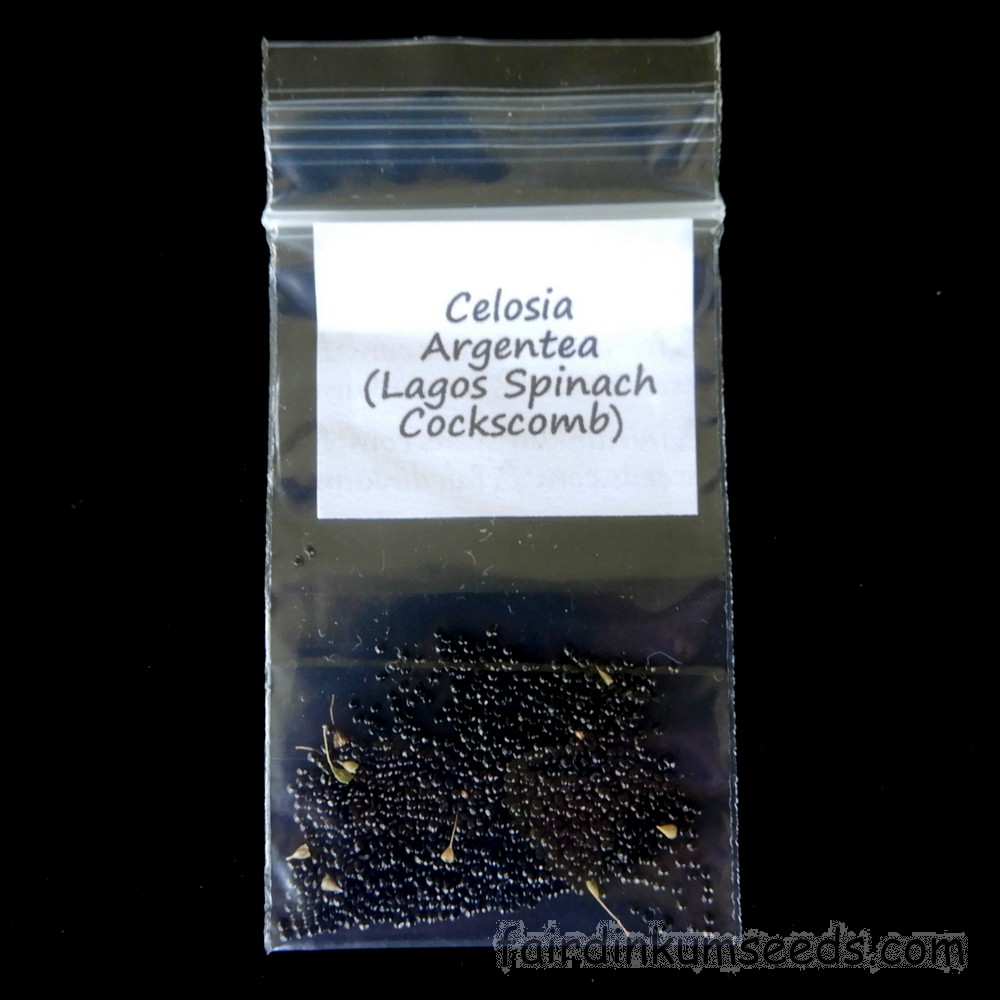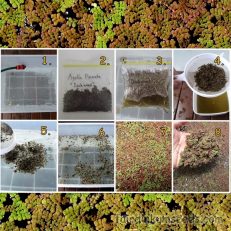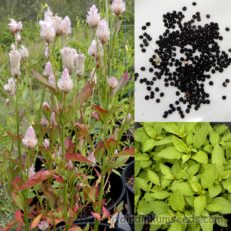Please read text!
Lagos Spinach Cockscomb Celosia Argentea Seeds
Packet of 200+ shiny glossy jewel like seeds!
These seeds are some of the most beautiful I have ever seen and they really look like small black glass beads.
The plant itself is pretty ornamental too with large green leaves that go quite purple in cool weather, and a central plume of pink, maroon and silvery white flowers.
My pics are not that flash but just as an annual ornamental its a really cool choice.
It self-seeds around the mother plants making them a great space filler.
Not only is it ornamental, its actually edible too!
Not just “edible”, it’s quite delicious and a vegetable in it’s own right used in huge chucks of Africa as a staple leafy green.
This is an edible selection I originally from Nigeria, and it is grown as a food crop on a massive scale over there.
It is not the much more common small short fluro-coloured hybrid cultivars that you see in the big box garden centres and before you ask I have no idea about the edibility or safety of eating those ones.
I will say that since there were selectively bred for a different reason, purely for prettiness, over many many generations. I would be quite hesitant about eating them as it is not what they were designed for.
Anyway, these guys I am selling are used like spinach, and are best eaten when young.
The easiest way is just stir-fried with chilli and garlic as a side dish to rice or noodles.
You can use it the same as any other leafy green and like most vegetables its best to start harvesting them before they set flowers and toughen up.
If you wait to long it doesn’t matter much as unlike most green vegetables this guys never gets bitter or soapy with age, it just gets a bit fibrous and a bit woody along the central branches.
Slow cooked or chucked in a pressure cooker soup or stew that woodiness melts down to a glorious thickened broth.
They are incredibly nutritious with heaps of protein, calcium, iron, phosphorus, vitamins A and C, along with a huge list of trace minerals.
Their ease of growth, nutrition and general tastiness has led to them being imported as a food crop all through India, Asia, Europe and the US and I am really hoping us Aussies start taking it seriously too!
It can be harvested multiple times with the first harvests at just a couple months of age, and their water and fertilizer needs are much lower than many other more common commercial food crops.
Regular harvesting prevents flowering and seed set, massively extends the life of the plants, makes the leaves larger and more tender and gives you easily 4x the yield.
Cut them back hard, give them a water, wait a few weeks and repeat.
They just get bushier and lusher as time goes on.
Here with no inputs apart from the occasional water I produce reliable crops all year round and it survives temperatures from 6c to 45c+ without any dramas at all.
The huge distribution of this species across many different cultures, and the massive list of commercial cultivars means the list of names it is known by is huge.
They include lagos spinach, quail grass, plumed cockscomb, silver cock’s comb, celosie, celosie argentee, crete de coq, borlón, cresta de gallo, common cockscomb, silver cock’s comb, quail grass, sheiba, sarwari, sarai, quailgrass, makhamal, kukari, imarti, chilmil, cock’s comb, Amaranthus cristatus, Amaranthus huttonii, Amaranthus purpureus, Amaranthus cristatus, Amaranthus huttonii, Amaranthus purpureus, Amaranthus pyramidalis, Celosia argentea cristata, Celosia aurea, Celosia castrensis, Celosia cernua, Celosia coccinea, Celosia comosa, Celosia cristata, Celosia debilis, Celosia huttonii, Celosia japonica, Celosia japonica, Celosia linearis, Celosia margaritacea, Celosia marylandica, Celosia pallida, Celosia plumosa, Celosia purpurea, Celosia pyramidalis, Celosia splendens, Celosia swinhoei, Chamissoa margaritacea, Lophoxera comosa, Lophoxera racemosa, and many others.
The massive crops of seed produce an edible oil that is pressed and used for cooking, or even as a medicine in many parts of the world.
It’s a very cool plant, one I am very glad to have, and I highly recommend you guys give it a crack too!
Grown by me and the Mrs organically, no chems, no nasties, no problems!!!
